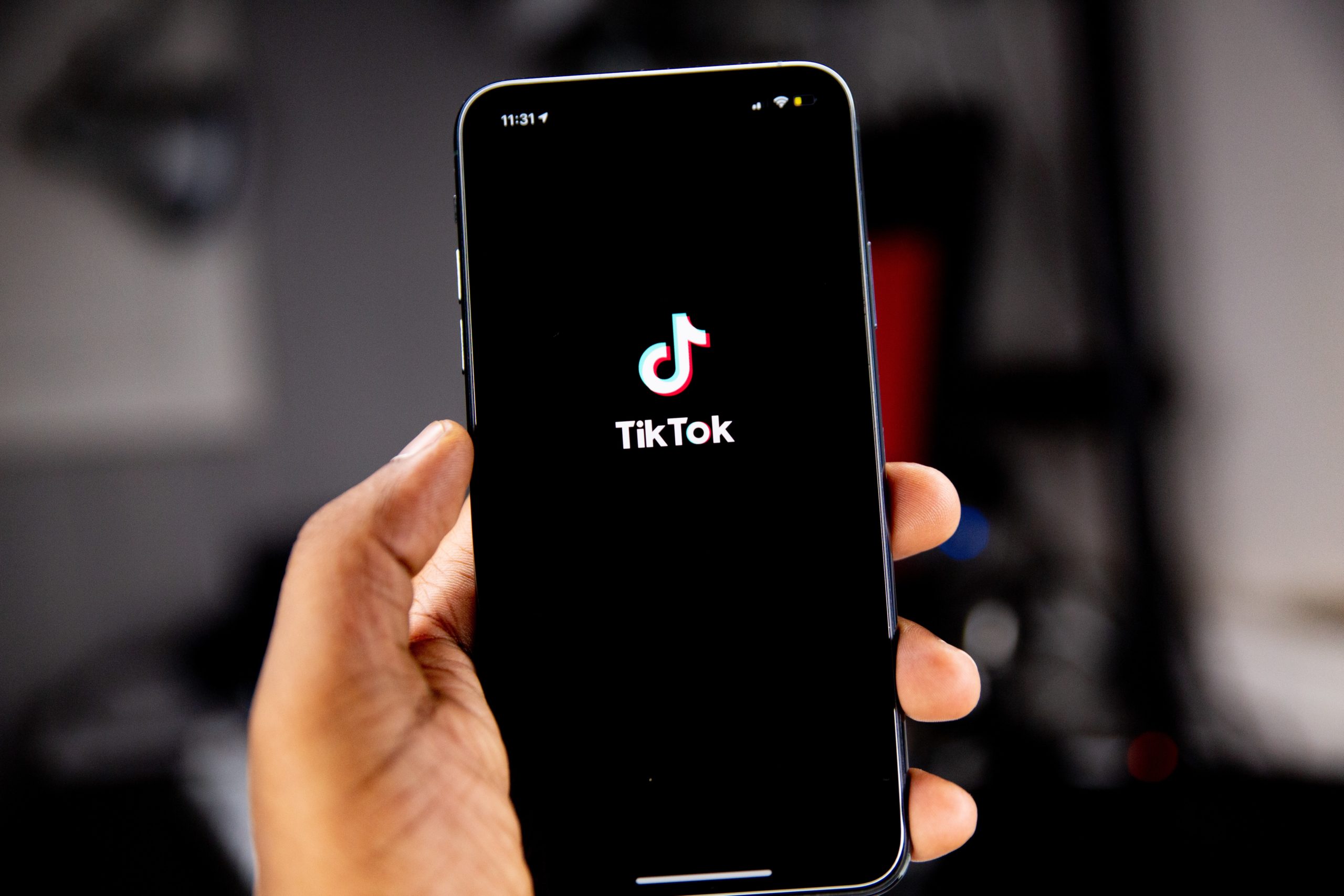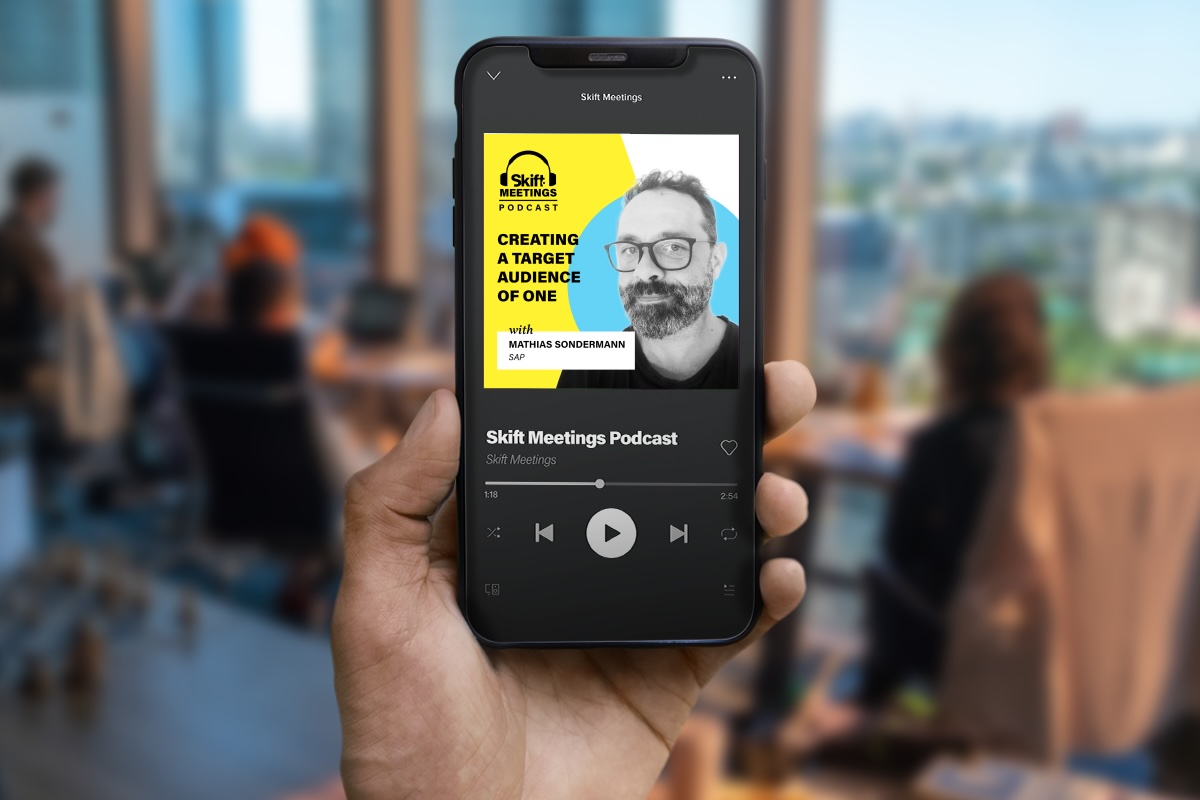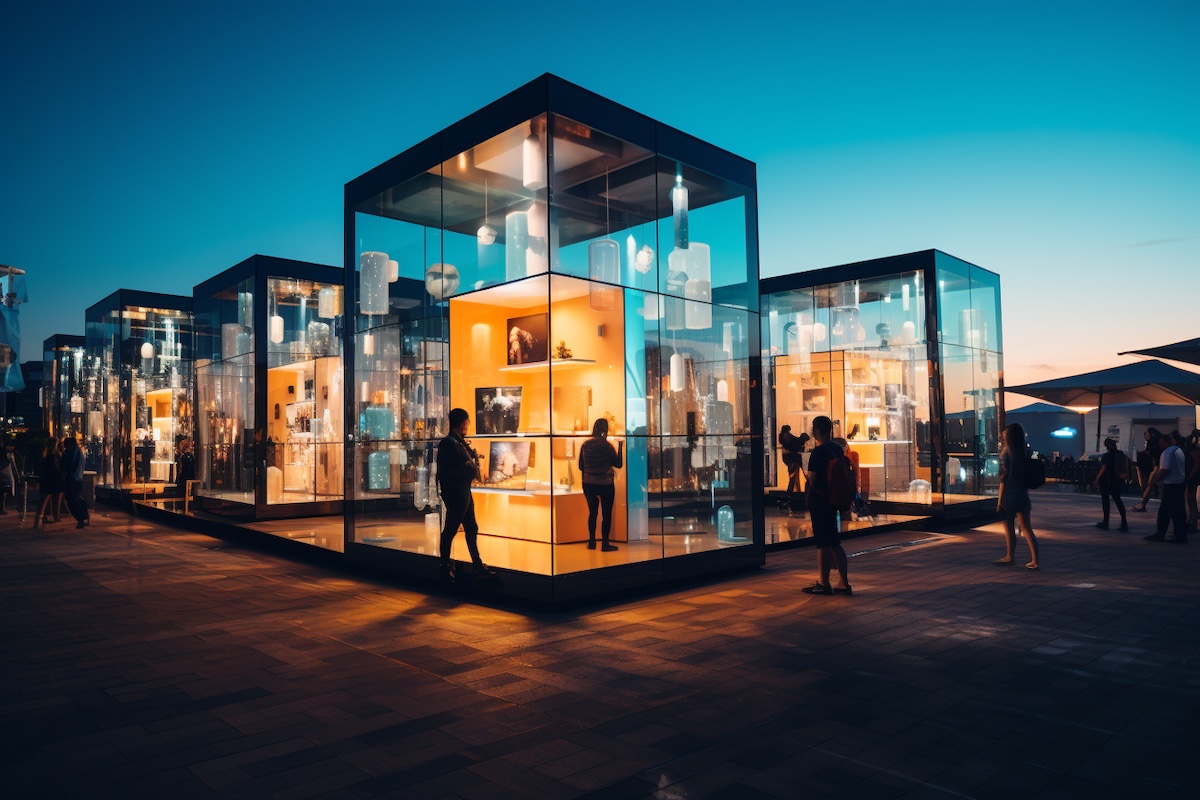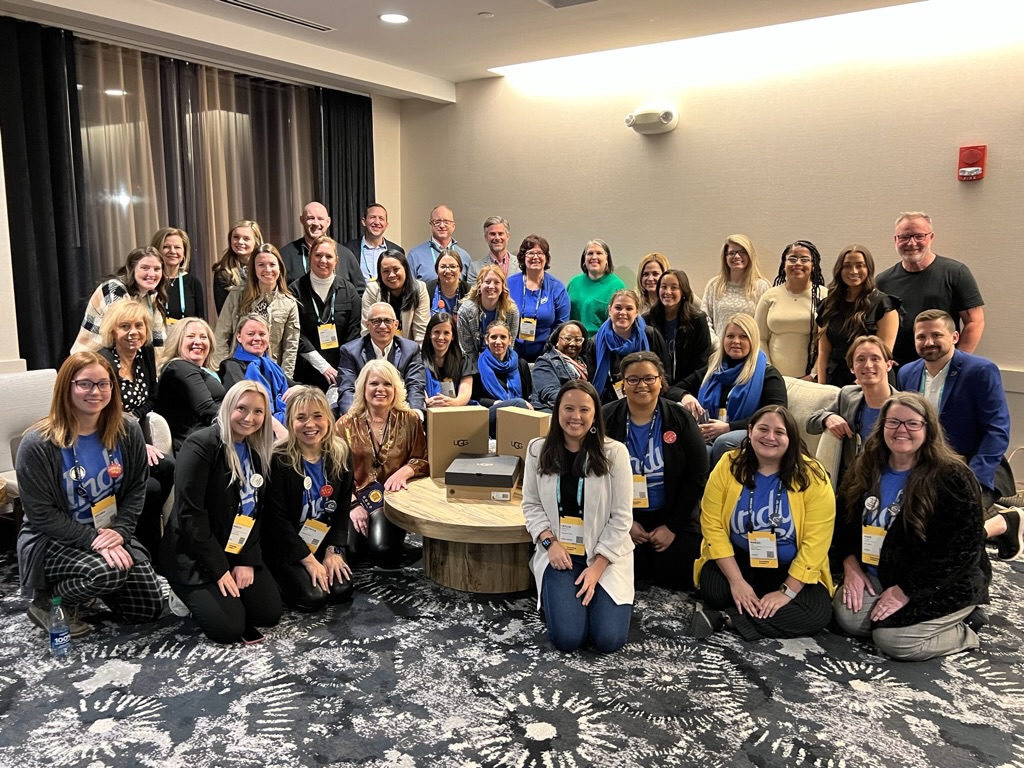Skift Take
Planners of in-person events aren’t seeing the attendance levels that they want. Are they being unrealistic, or are other factors at play? Is their communication strategy on target?
To communicate with future attendees you must first know where to find them. If you rely on email lists, it is imperative that these are up to date. Many are completely useless post-Covid as there was a great resignation and realignment.
Email lists should not be static documents. Instead, they should be constantly evolving and updated. “It is imperative to continually work on your audience acquisition strategy,” says Kimberly Hardcastle-Geddes, president of mdg, A Freeman Company. “In a normal year, we expect contact databases to decay, on average, 20 to 30 percent. But with all the changes in the workforce, we’re seeing more than a 50 percent email bounce rate. Combine that with growing email fatigue, and you better be on top of omnichannel marketing as an event organizer and thinking about your brand through the lens of the event.”
There is an old rule when it comes to finding audiences, connect with them where they are. “Today, people spend more time online than ever before. That’s not a trend that is about to end soon,” said Ash Mashhadi, CEO of Design Inspiration, a social media agency.
The Social Media Opportunity
Many planners are having much success finding potential attendees on TikTok. The social media has over 1 billion monthly active users, plus the demographic is continually expanding. “To find an audience, look on TikTok. To retain your audience, feed them fresh content,” said Mashhadi. If you are a TikTok neophyte, look for trending hashtags that help categorize content all over the platform.
Although TikTok is a powerful platform for finding potential attendees, other channels must be utilized as well. “Attendees’ communication preferences will change according to their age, whether it’s a B2B or a B2C event, their job title, or a whole load of other factors,” said Ken Clayton, chief ideas officer at event registration company, Reftech.
Deliberate Messaging Required
Planners must optimize the tone and call to action of their messaging. “The focus for event attendees now is to make up for lost time,” according to Hardcastle-Geddes. “The attendee’s expectation is really for all the things that fell short during virtual-only meetings. These new audiences want it all — time-shifted, curated, and more personalized content that’s only possible by creating an integrated event strategy.”
People tire of overused marketing buzzwords. During the Covid pandemic, the word unprecedented was overused. In the end, it became noise that people tuned out. Keep this in mind when creating messaging that you want to resonate with your audience.
Two-way dialogue is essential. “Connect with potential delegates, get the conversation going via social media, with taster videos, and pre-event blogs,” recommends Alastair Greener, communications speaker, and consultant at Present Yourself.
Demonstrate Value
Is trust an issue when it comes to communicating the value of an event? Absolutely. If attendees don’t trust what you are saying, they are unlikely to engage. Transparency is critical.
“Planners need to really look at how the event can provide value, either in content, opportunities for doing business, or getting connected,” said Anh Nguyen, head of customer success at Twine.
Identify the value that guests cannot get anywhere else. What is it that makes your event unique? You need to communicate that to prospective delegates. Keep in mind that many companies are still cautious when it comes to spending money.
“Many people’s attitudes towards how they use their time have changed since Covid, and I think that makes people gravitate towards real learning and real connections, rather than hype,” said Lynn Minnaert, professor and head of subject, tourism, and languages at Edinburgh Napier University.
No doubt communicating effectively with future attendees has grown in complexity. The pandemic may have been a catalyst but there were already many challenges to contend with. Whatever the situation, in a global economy where inflation and energy prices are key issues, communicating with your attendees in a coherent and cohesive way is more crucial than ever.





